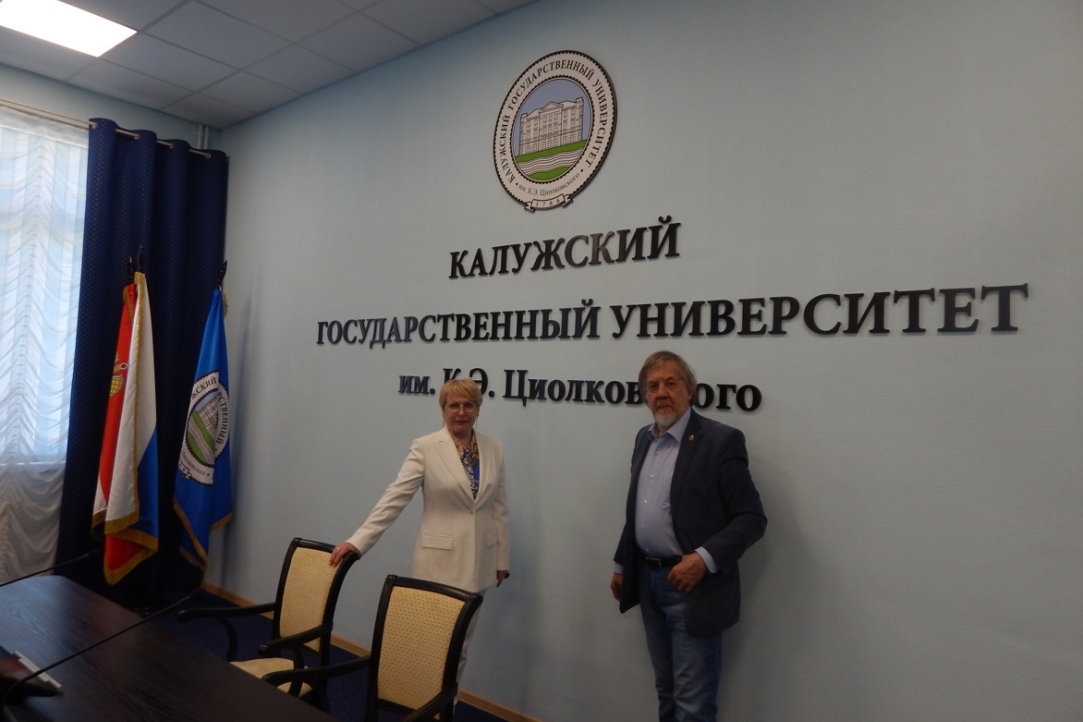Mapping as a Tool for Preserving Cultural Heritage

During the conference devoted to the cultural heritage experts have identified a challenge in preserving and assessing this important aspect due to the difficulty in defining its potential, size, structure and qualitative characteristics. Within the framework of this conference, Pavel Shulgin, the head of the Centre for Regional Programs of Social and Cultural Development, and Olga Shtele, the leading expert of the Center, presented a joint report on mapping of territories as a method of preserving and working with historical and cultural potential.
According to experts, cultural heritage is a valuable and important economic asset that can serve as a potential basis for the economic specialization of cities and regions. Cultural heritage plays a significant role in maintaining the identity and distinctiveness of urban areas, serving as the foundation for the tourism industry. Properly utilized heritage potential can be used as a city-shaping force, particularly for small historic cities.
In the report, the experts mentioned the significance of the cartographic approach as a valuable tool for understanding the heritage potential, an approach that experts rarely utilize. They outlined the objectives of producing cartographic materials, approaches to mapping heritage, and showcased examples of the maps they had created.
The paper was prepared in the framework of a research grant funded by the Ministry of Science and Higher Education of the Russian Federation (grant ID: 075-15-2022-325). Scientific project "Atlas of Cultural Heritage".